A New Year Brings a New Outlander for Mitsubishi

A brand that’s slowly capturing a greater (albeit still slim) slice of the U.S. new car market stands to gain a new version of a long-running crossover in the coming year. That product is the Outlander, an outdated vehicle whose current generation bowed back in 2012.
The largest vehicle in Mitsubishi’s meager lineup, the Outlander stands to gain size and decidedly non-Mitsubishi underpinnings for its ground-up revamp.
Like its tiny Mirage stablemate, the current-gen Outlander holds the distinction of having increased its pool of buyers in every year since its introduction. Last year’s tally amounted to 41,818 vehicles, up from 12,287 in 2013. One driver of that sales boost was the popular plug-in hybrid version that eventually made its way to America after selling in Europe for years. In that region, it holds the title of best-selling PHEV.
As for the gas-only variant, it’s getting especially old. The model’s 3.0-liter V6 pales in terms of power when compared to rivals, and it drinks premium fuel. Third-row seating is cramped.
Mitsubishi’s solution, explained Mitsubishi Europe CEO Bernard Loire, is to borrow a platform sourced from Mitsu’s Renault-Nissan alliance family. Speaking to Automotive News Europe, Loire said, “In the second half of next year we will have a replacement of the current Outlander. It will be on an alliance platform.”
He added, “There also will be another smaller SUV coming at the same time.”
A big year in the making for an automaker that spent the past decade first in survival mode, and then in expansion mode. The timing is right for a new, larger Outlander. Originally, it was planned that a newly enlarged model would go on sale and the smaller Outlander Sport would shrink, but Mitsu’s entry into the Renault-Nissan alliance put the brakes on that effort. Instead, the Outlander Sport remained in production in its current form, sharing a segment with the more recent Eclipse Cross CUV. In the background, Mitsubishi engineers took a look at what the brand’s newfound family could offer the automaker.
According to Automotive News‘ product pipeline, the new-for-2021 Outlander will borrow the platform found beneath the Nissan Rogue, as well as other Nissan components. It’s expected that a hybrid version will join the PHEV model.
While Mitsubishi’s U.S. sales rose 1.9 percent through November, the increasingly elderly Outlander saw its volume shrink by 2.9 percent over the same period. The PHEV model also saw a sales decline, dropping 34 percent.
[Image: Mitsubishi Motors]

More by Steph Willems
Latest Car Reviews
Read moreLatest Product Reviews
Read moreRecent Comments
- FreedMike Apparently this car, which doesn't comply to U.S. regs, is in Nogales, Mexico. What could possibly go wrong with this transaction?
- El scotto Under NAFTA II or the USMCA basically the US and Canada do all the designing, planning, and high tech work and high skilled work. Mexico does all the medium-skilled work.Your favorite vehicle that has an Assembled in Mexico label may actually cross the border several times. High tech stuff is installed in the US, medium tech stuff gets done in Mexico, then the vehicle goes back across the border for more high tech stuff the back to Mexico for some nuts n bolts stuff.All of the vehicle manufacturers pass parts and vehicles between factories and countries. It's thought out, it's planned, it's coordinated and they all do it.Northern Mexico consists of a few big towns controlled by a few families. Those families already have deals with Texan and American companies that can truck their products back and forth over the border. The Chinese are the last to show up at the party. They're getting the worst land, the worst factories, and the worst employees. All the good stuff and people have been taken care of in the above paragraph.Lastly, the Chinese will have to make their parts in Mexico or the US or Canada. If not, they have to pay tariffs. High tariffs. It's all for one and one for all under the USMCA.Now evil El Scotto is thinking of the fusion of Chinese and Mexican cuisine and some darn good beer.
- FreedMike I care SO deeply!
- ClayT Listing is still up.Price has been updated too.1983 VW Rabbit pickup for sale Updated ad For Sale Message Seller [url=https://www.vwvortex.com/members/633147/] [/url] jellowsubmarine 0.00 star(s) (0.0) 0 reviews [h2]$19,000 USD Check price[/h2][list][*] [url=https://www.ebay.com/sch/i.html?_nkw=1983 VW Rabbit pickup for sale Updated ad] eBay [/url][/*][/list] Ceres, California Apr 4, 2024 (Edited Apr 7, 2024)
- KOKing Unless you're an employee (or even if you are) does anyone care where physically any company is headquartered? Until I saw this story pop up, I'd forgotten that GM used to be in the 'Cadillac Building' until whenever it was they moved into RenCen (and that RenCen wasn't even built for GM). It's not like GM moved to Bermuda or something for a tax shelter (and I dunno maybe they ARE incorporated there legally?)

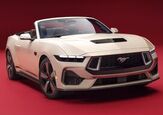


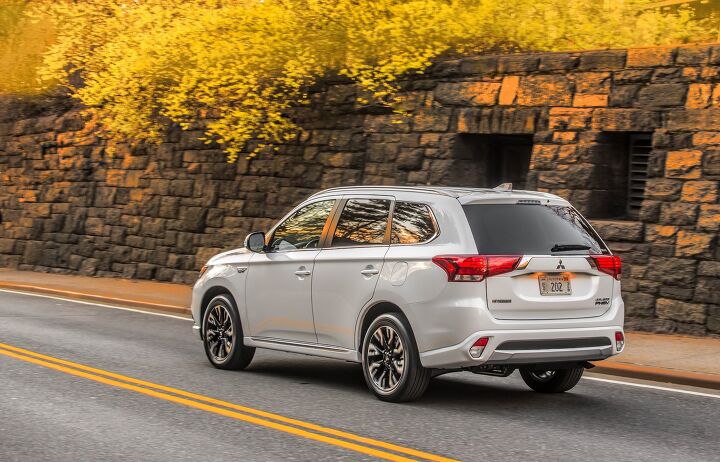





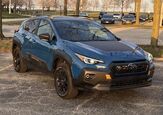





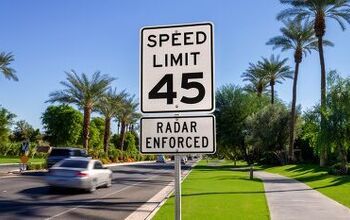
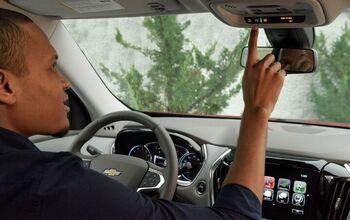

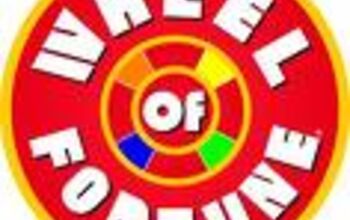
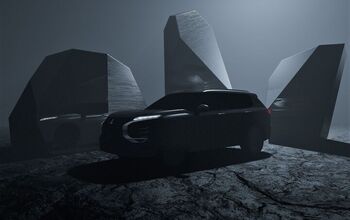
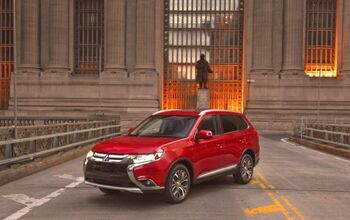
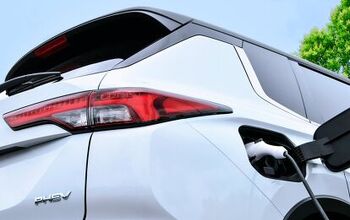
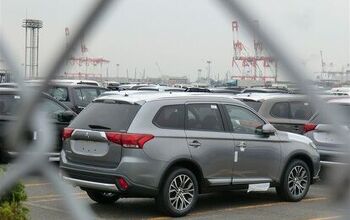
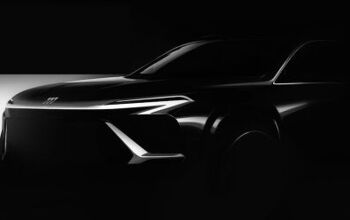

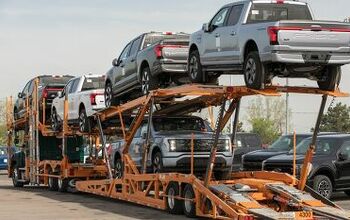

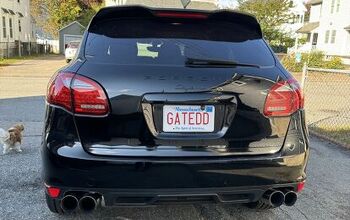
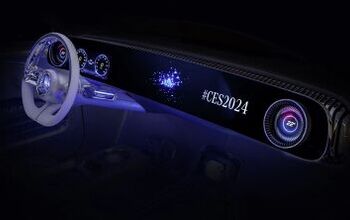
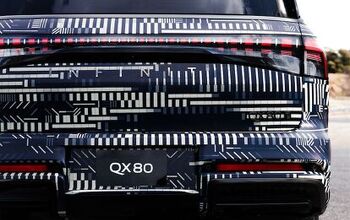
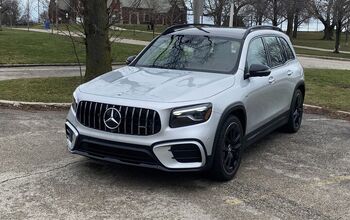
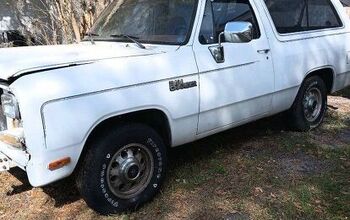

Comments
Join the conversation
I'm not gonna lie, the ancient Outlander is one of my favorite CUVs. YES, the long front and rear overhangs are goofy. YES, a RAV-4 is bigger inside. YES, the driver's seat rocks on acceleration and deceleration. YES, the AC is pathetically overwhelmed by any western US desert. But it's got the delicate pillars and massive greenhouse of an earlier era--you can see out of it. It's got an unfashionably soft suspension--it's actually comfortable to ride in it. It's got a light and precise feel to the controls, with a bit of modest feedback--it's a bit of fun to drive it. I'll take its uncannily perceptive CVT over the RAV4's confused million-speed stepped automatic any day. And the PHEV, as of right this second, has no competition -- though that will change very soon. Plus you can get it in brown. A brown AWD PHEV wagon, people. With DC fast charge capability, no less.
Any chance for a new Evo?